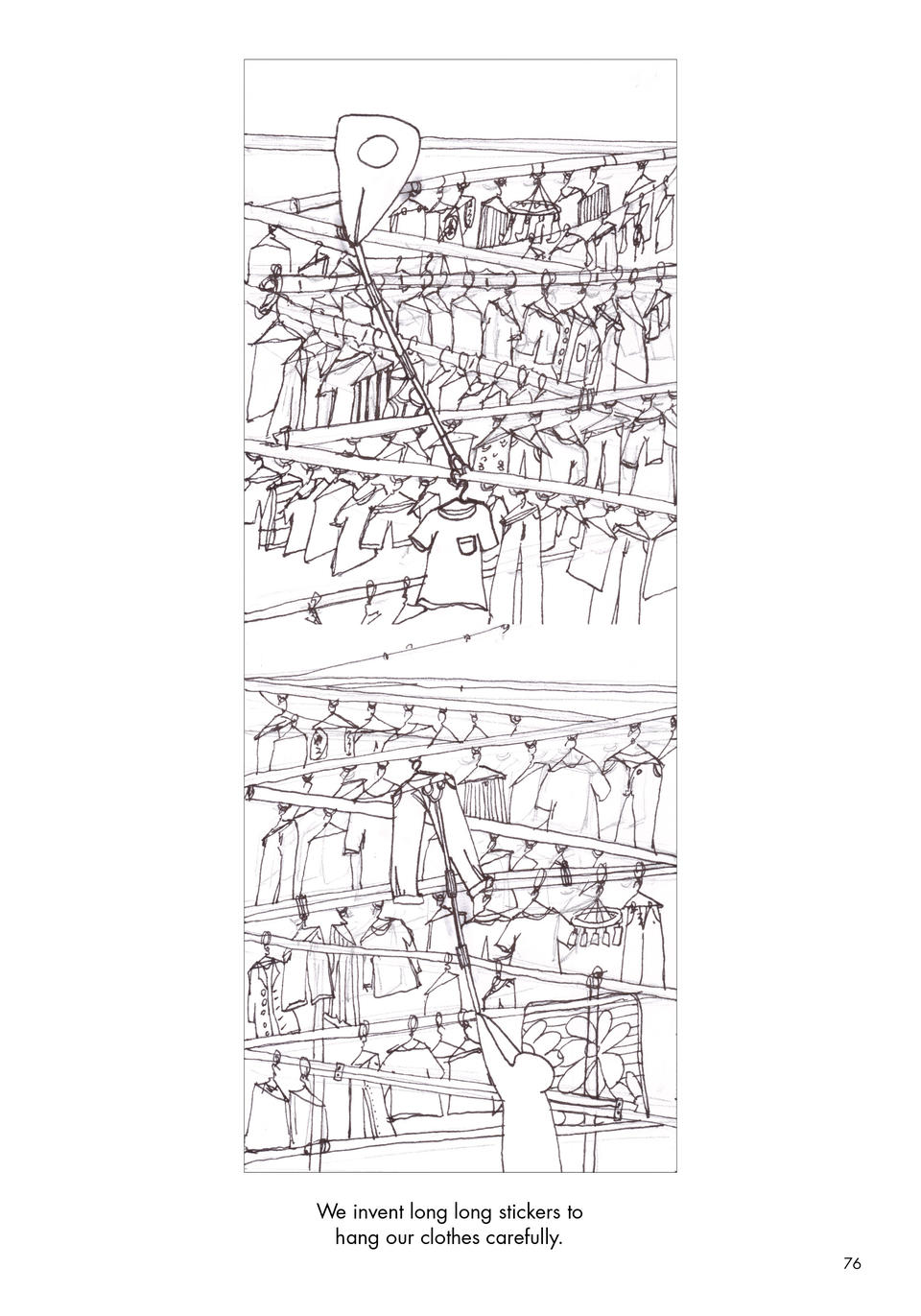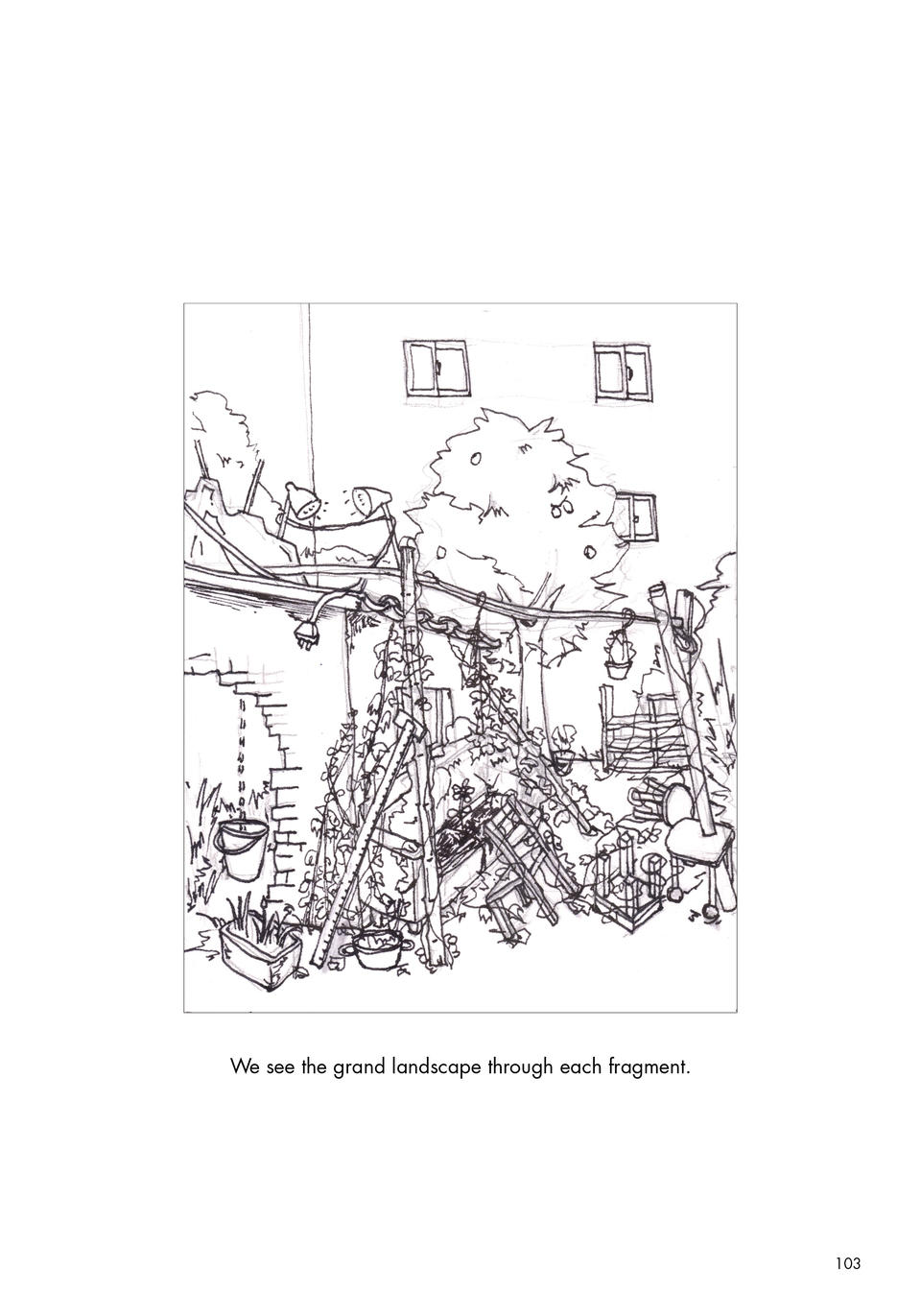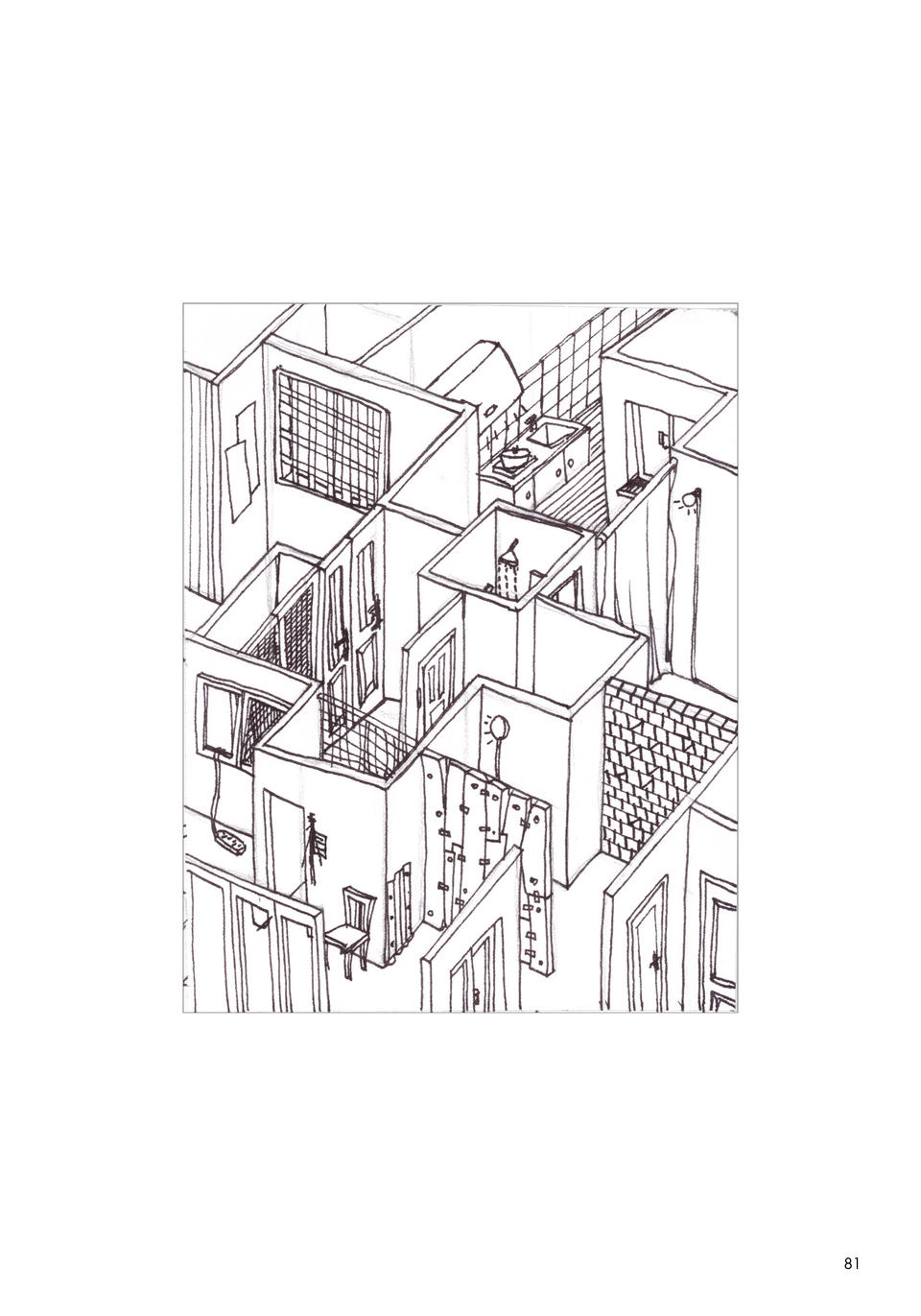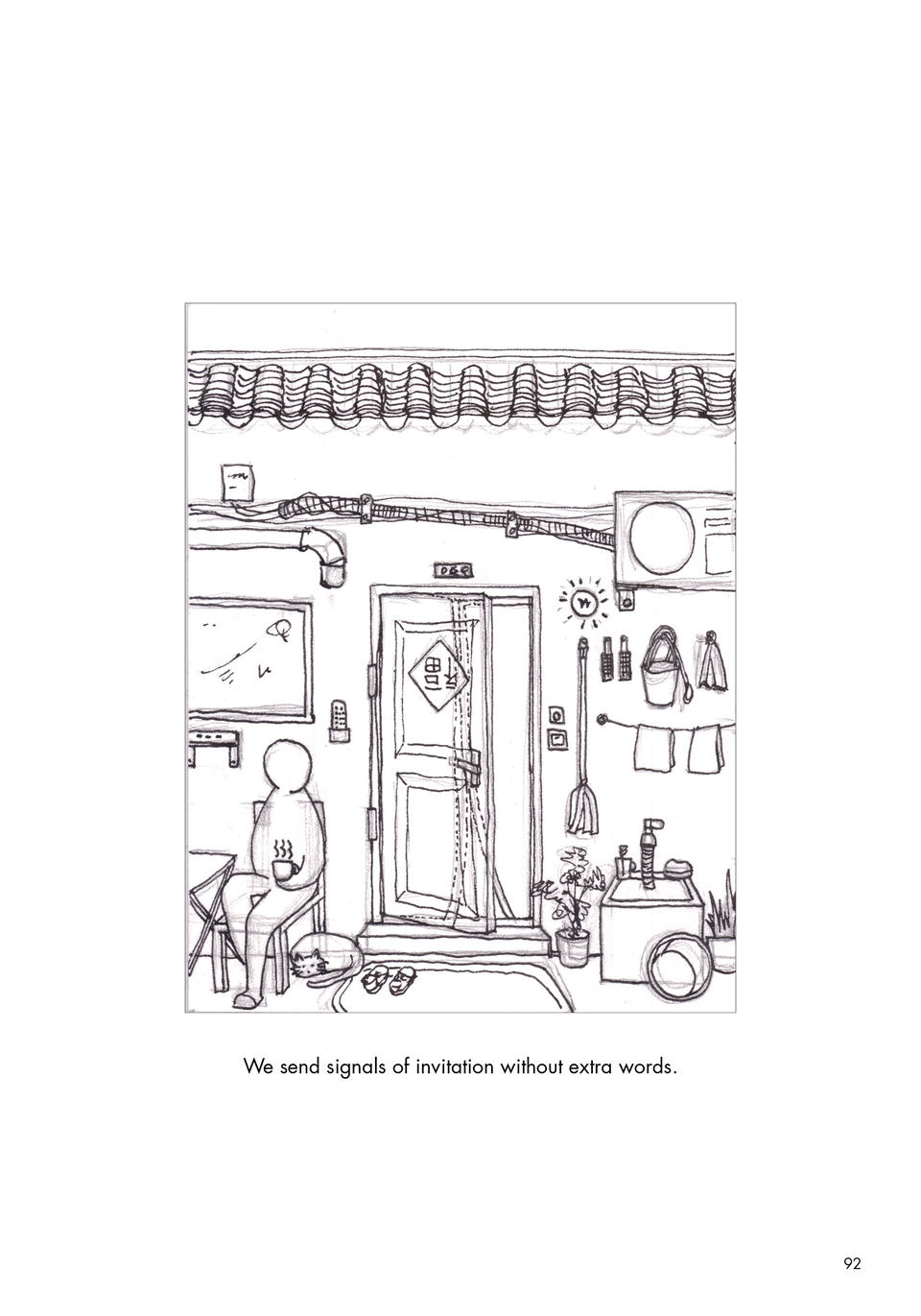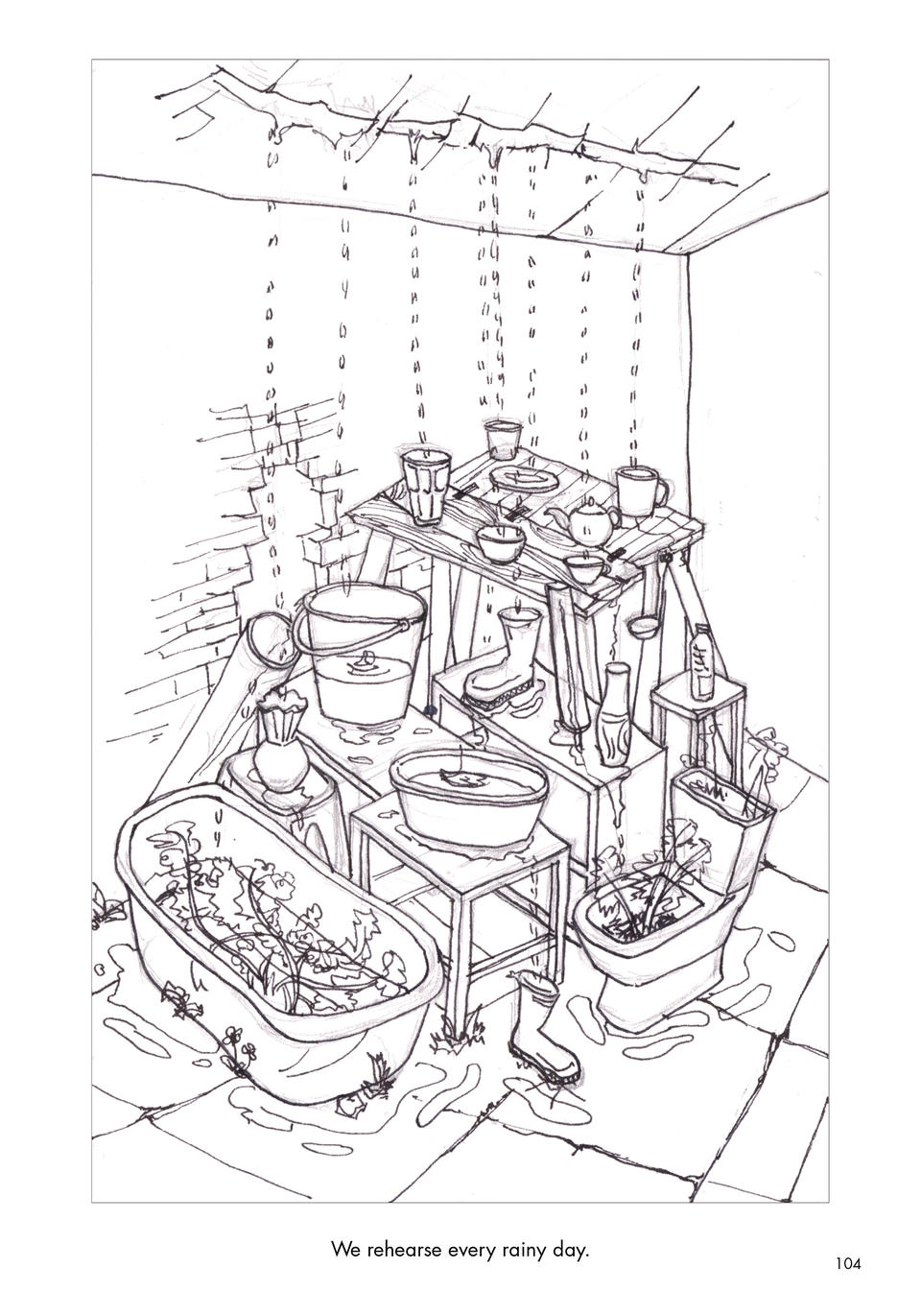Jiayi Wang
Endless Construction
Though we don’t think of it this way, “Adaptive Reuse” often happens naturally, guided by users who modify their physical environment to satisfy urgent living needs. While these modifications may appear haphazard, they show the user’s individualism and life philosophy. We, as designers, should embrace these interventions to explore how to participate with the occupants’ adaptive reuse process over time. Given the richness of adaptation within the old residences in the ancient Chinese city of Suzhou, it is an appropriate place to explore both the skill of self–modification and the potential for interaction of designers in this process.
The old residences in Suzhou have two fates ultimately, either being destroyed for new construction or being restored for tourism and commercial space. I suggest
a third option: introducing occupant activism and authorship to acknowledge the ignored history of these places, as a demonstration of how people adapt to these buildings and how these buildings have survived over time.
The old buildings cannot quickly adapt to shifting life habits caused by the industrial revolution and housing policy. However, through my observations of the sites, people are designing their living space spontaneously, incorporating household appliances, building technology, and customs within a limited cost. Thus, I ascribe value to the organic change that has been crafted over time to align with larger societal shifts and acknowledging the user’s actions as adaptive reuse design.
Assuming the role of curator, without any intent to disturb the existing condition, this thesis proposes a speculative reality where I live in the site and encourage continued change. Setting Mr. Shen’s house as a container to implement my reinterpretations of the modifications, I’m using photos, hand drawings, plans, and creating categories through programs, building elements, and technologies to envision the fiction scenario. In 2042, children grow up and become masters of adaptive reuse. Come 2062, old families move out and new families come in, the spirit of adaptive reuse will be inherited, and the site will become a mecca for spreading self-design.
What’s the boundary between everyday life and design? I try to use the untrained version of adaptive reuse to push design more to the side of everyday life. We, as designers, should practice our perspective of seeing the space and reconsider our role in design. And I encourage residents who live in the old residences to recognize and celebrate what they have done together wisely and carefully.
Image
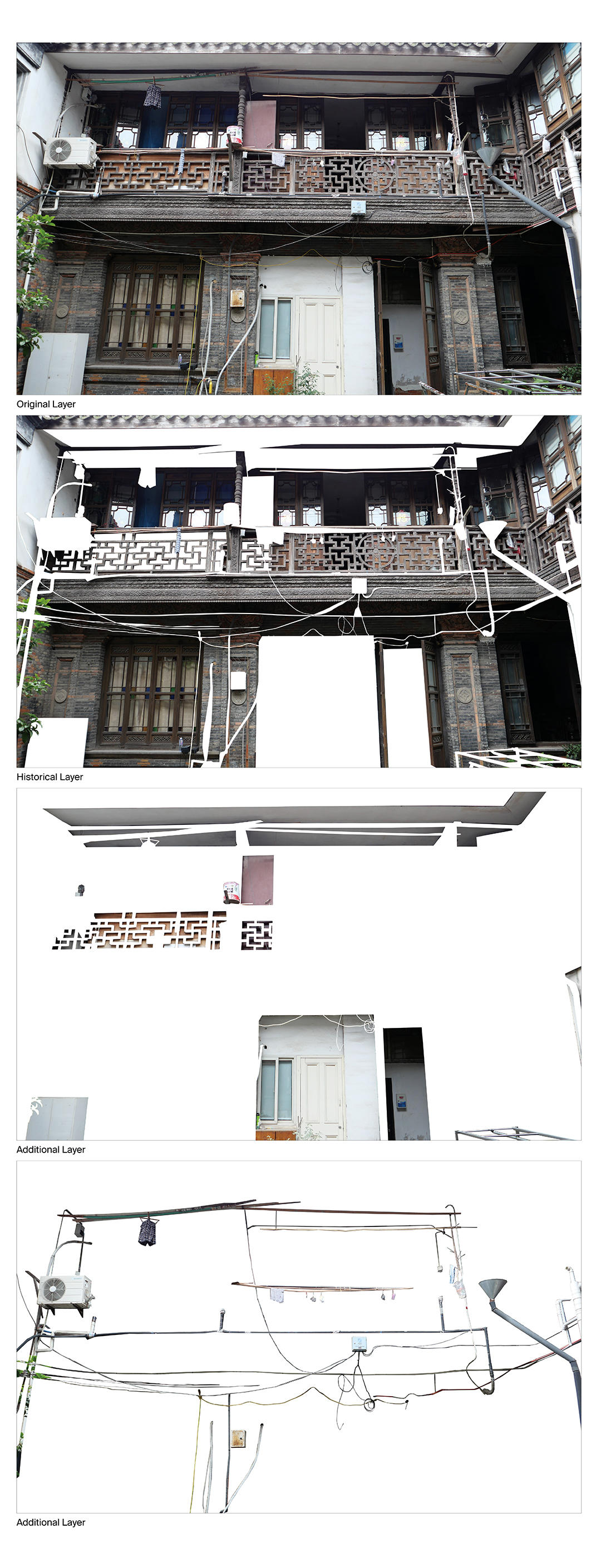
Occupant Activism and Authorship
Concept Exploration
Design topics that relate to traditions are difficult to handle not because of the question of how to deal with such a long history - what to keep and what to leave, but also because of the great gap between past, present, and future. Here I want to introduce “misread” to help relieve the tangle. Misread happens in the process of translating literature, when some words do not exist in one language, the translator has to reinterpret words counting on his understanding. The slight differences between the original author and the translator often create a richer and more nuanced meaning.
In the following thesis book, I am trying to read the old residences in Suzhou based on my own interpretation. I developed 7 concepts to help myself understand the site. I started with the action of seeing to analyze the aesthetic meaning from different persons’ views. Then I try to understand how modifications happen, and what kind of behavior it is by looking at the concept of intuitive design, spatial appropriation, and repair. At last, I introduced the discussion of palimpsest and authorship to discuss the relationship between the site and design. In addition, I incorporate the concept of DIY to enrich the content. During the process, I incorporate edited photos with stripping layers and diagrams to illustrate my observations.
Image

Occupant Activism and Authorship
Site as a container of expressing the idea
Mr. Shen’s house which has rich sources of each layer is an appropriate place to implement my idea of pushing the idea of adaptive reuse by speculating the endless construction. It is one of the old residences I did the field research. The house originally belongs to Mr. Shen who was a prefecture-level secretary. There’s no official detailed documentation of the house. According to the internet, his concubine lived here in the 1950s.
Image
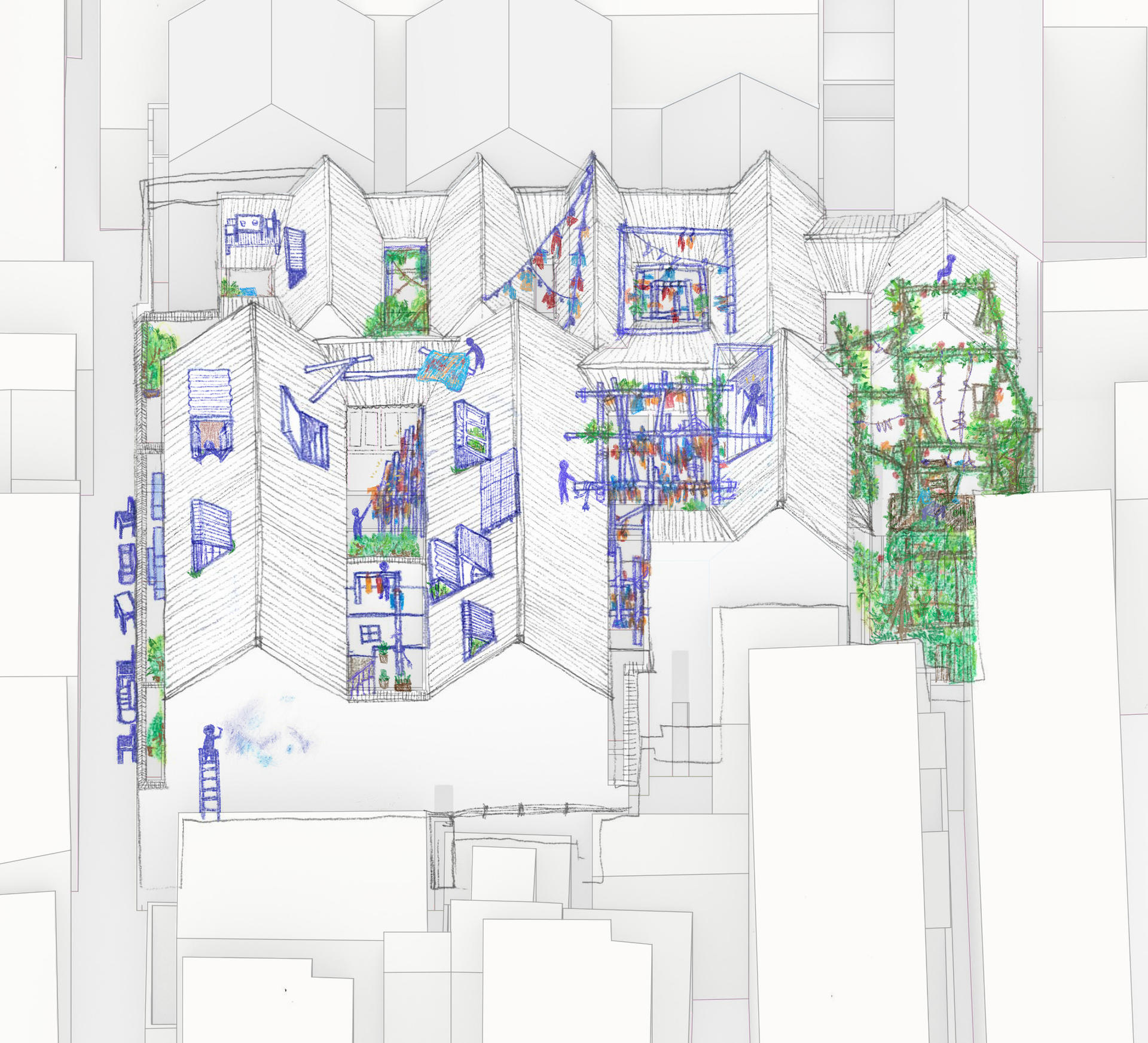
Occupant Activism and Authorship
Fiction Scenario
What if the modifications keep growing so that Mr. Shen’s House is always under construction?
2022: I live in the site to learn, activate and cooperate with residents.
2042: The spirit of adaptive reuse has been inherited. Children who live in Mr. Shen’s House grow up and become masters of adaptive reuse.
2062: Some families move out, the spirit will be spread out to other buildings. Some families’ next generation still live inside. New residents will be taught how to adaptive reuse the space. There will be workshops for education.
Image
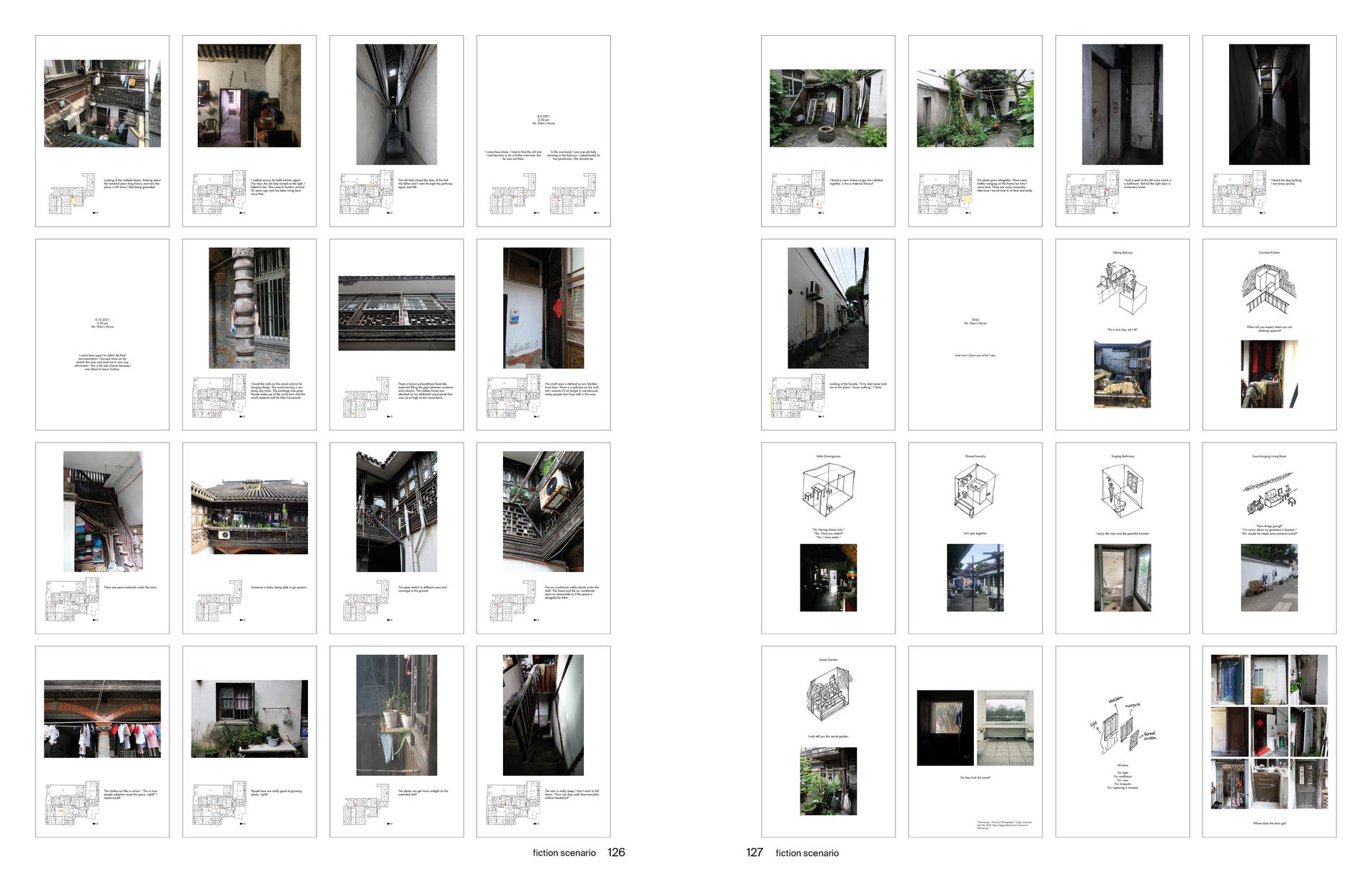
My story with Mr. Shen's House as an ending
2062
- Architecture
- Ceramics
- Design Engineering
- Digital + Media
- Furniture Design
- Global Arts and Cultures
- Glass
- Graphic Design
- Industrial Design
- Interior Architecture
- Jewelry + Metalsmithing
- Landscape Architecture
- Nature-Culture-Sustainability Studies
- Painting
- Photography
- Printmaking
- Sculpture
- TLAD
- Textiles
